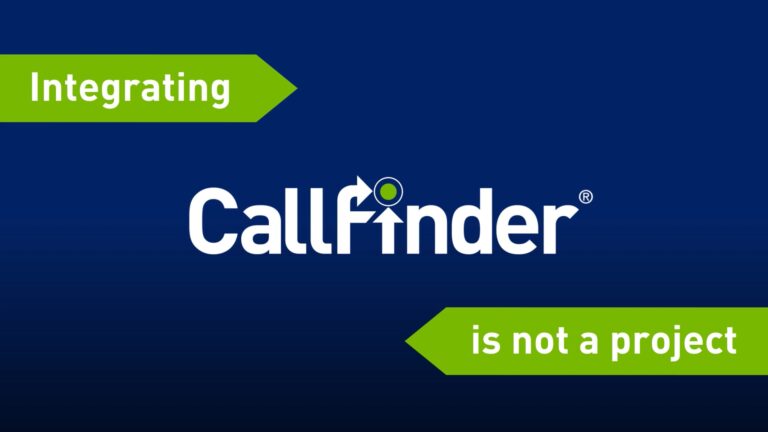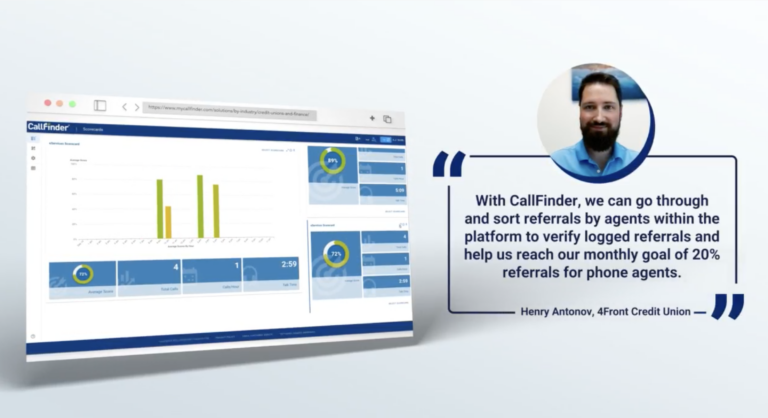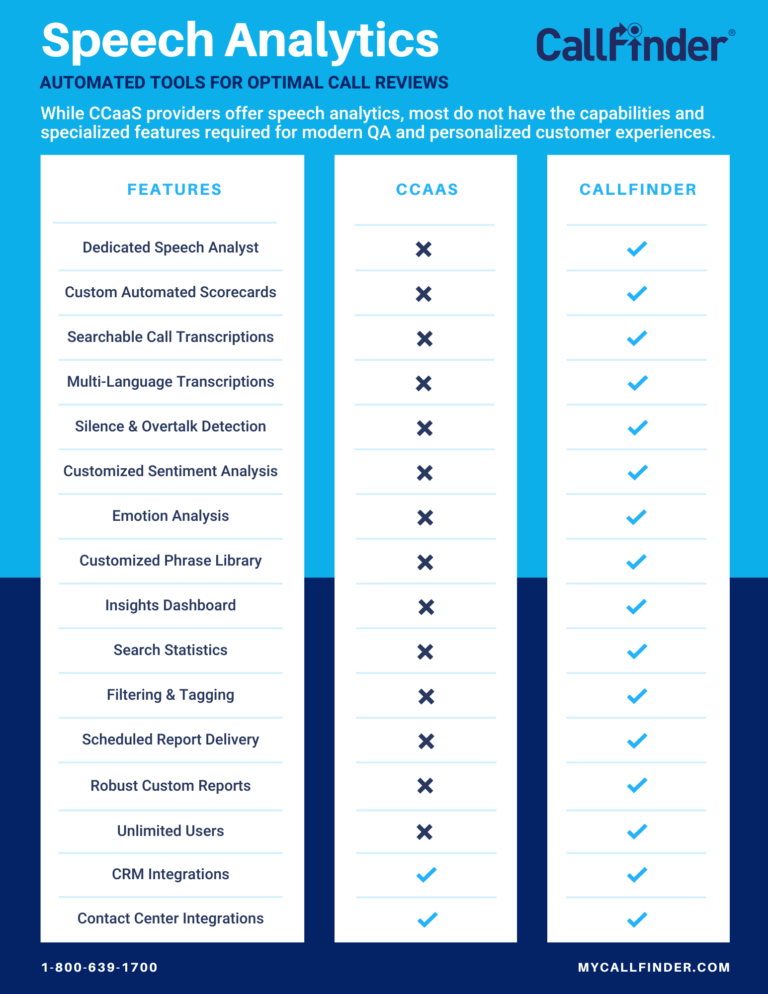Live voice conversations are a critical component of a contact center’s role in providing exceptional customer service.
Now more than ever, customer care and delivering optimal customer journeys are highly relevant. Companies are moving all agents and employees to remote work from home (WFH) environments in an effort to slow the spread of the COVID-19 virus.
So as ever, the onus is on agents to provide excellent service with a human touch, along with the contact center managers tasked with monitoring their calls for quality. How do managers stay on top of this, given the scattered connections and a rapidly evolving situation that can affect policies and services by the hour?
That’s where automated call quality data comes in. This critical information provides contact center managers with real-time details about customer calls and interactions with agents that would otherwise be too time-consuming to extract manually. They can use this information to monitor customer interactions with a business’s remote or in-house agents, correct knowledge gaps, enhance customer service, improve efficiencies, and ultimately, improve the company’s bottom line.
This article looks at the important role live voice conversations still play in contact centers and why, followed by solutions companies are deploying to automate call quality monitoring.
Live voice conversations: Why they still matter
In the year 2020, our working environments have changed drastically, albeit temporarily. However, customer experience (CX) continues to grow as a top priority for customers and is as important to consumers as the products they buy. Whether you own a business with a team of agents, operate a full contact center, a remote contact center, or run a Business Process Outsourced (BPO) solution providing contact center services on behalf of clients, you cannot survive in today’s customer-centric economy without delivering an exceptional experience to your customers.
This takes a lot of agent training, access to customer insights, and a cost-effective way to analyze agent-customer interactions.
So where to begin? Most businesses do not realize they already have access to the voice of the customer through call recordings.
Forbes reports that customer service phone volumes have dropped 17% since 2015. Despite this, the value of continuing live voice communications with customers is even greater. Why? The situations being addressed are likely more complex or critical than other inquiries that may be addressed online or via messaging channels.
Gartner says that voice interactions will still command 75% of all customer interactions in 2020, and there’s just too much data to rely on manual call monitoring to improve agent performance.
The efficiency gains of a fully automated call center aren’t always an option for small- to medium-sized businesses with a limited budget and QA resources, which are still necessary despite automation. Nor is an exclusively automated approach aligned with the increasing value customers place on CX.
Because of this, many companies are implementing other solutions to automate call quality monitoring with tools that give call center managers real-time updates on the customer experience, along with sophisticated analytics reports and agent scorecards. Furthermore, with a contact center structure focusing on remote call agents, organizations must leverage the right automated tools to extract insights from customer-agent interactions.
How data comes to the aid of humans
The majority of companies that are required to record daily phone conversations with customers do so to ensure compliance with state and federal requirements and reduce the risk of litigation. Automated call scoring provides call center managers with agent and team scorecards so that they can quickly identify non-compliant agents with consistency and accuracy. But automated call monitoring is more than agent performance scorecards.
Call transcription is another cost-effective call monitoring tool for call center managers who want to quickly search call transcriptions for certain key phrases. More advanced solutions can reveal sentiment trends within calls to help improve agent performance, reduce churn, and ultimately help you understand your customers and elevate their experience.
Automated Call Management: How it Works
Automated call management can help quickly identify top-performing front-line agents, who can be used as guides when training new and existing agents. By empowering their employees this way, employers can:
- Reduce turnover
- Optimize training resources
- Improve the customer experience through improved training methods
- Increase QA productivity without hiring additional staff
How Businesses Use Automated QA
Karie Snyder, Vice President of Operations and Compliance for Revenue Enterprises, LLC — a CallFinder client — expressed this same need within their organization in a recently published case study. The company’s contact center had a manual monitoring system in place — using managers to review recordings of phone conversations and identify agent knowledge gaps for training and coaching opportunities. Revenue Enterprises began researching and considering speech analytics technology to enhance the technology and sophistication of their contact center, and to improve quality assurance and compliance among their agents.
Revenue Enterprises discovered the flexibility and affordability of CallFinder during their research process by implementing automated scorecard solutions. As a result, the company improved the accuracy of their quality monitoring efforts with the ability to monitor on a much greater scale by automatically analyzing and categorizing 100% of their clients’ conversations. Revenue Enterprises now gives their clients insights into specific call reasons.
“The data we receive through CallFinder specific to customer call reasons is all incredibly valuable information that we can bring back to our clients so together we can provide their patients with a much better customer experience,” said Snyder.
Customers Still Prize Human Interactions
According to Gartner’s 2018 Customer Experience Survey, customer experience will overtake price and product as the key brand differentiator by 2020. Along with that, 86% of buyers will pay more for better customer experience. While AI can enhance call center performance, it’s not the only thing in the limelight.
Human interactions are still vital to providing excellent customer service, especially in industries with strict compliance regulations. Automated quality monitoring solutions create a reliable and consistent scoring methodology across individual agents and teams, reducing litigation, agent churn, overhead costs, and ultimately improving the customer experience through every stage of their journey.
To learn more about CallFinder, and our automated quality monitoring and speech analytics solutions, please visit mycallfinder.com.











